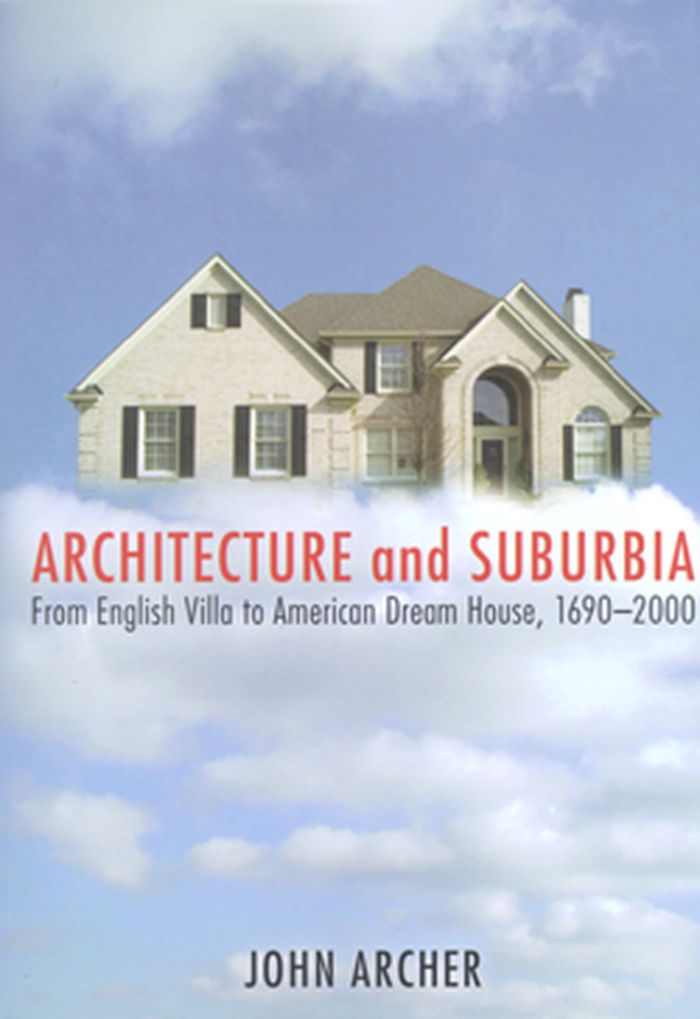$45.95
(disponible sur commande)
Résumé:
What are the suburbs? The popular vision of monotonous streets curving into culs-de-sac and emerald lawns unfurling from nearly identical houses would have us believe that suburbia is a boring, homogeneous, and alienating place. But this stereotypical portrayal of the suburbs tells us very little about the lives of the people who actually live there. Making Suburbia (...)
Making suburbia: new histories of everyday America
Actions:
Prix:
$45.95
(disponible sur commande)
Résumé:
What are the suburbs? The popular vision of monotonous streets curving into culs-de-sac and emerald lawns unfurling from nearly identical houses would have us believe that suburbia is a boring, homogeneous, and alienating place. But this stereotypical portrayal of the suburbs tells us very little about the lives of the people who actually live there. Making Suburbia offers a diverse collection of essays that examine how the history and landscape of the American suburb is constructed through the everyday actions and experiences of its inhabitants.
Banlieues
$27.50
(disponible sur commande)
Résumé:
The American suburban dream house-a single-family, detached dwelling, frequently clustered in tight rows and cul-de-sacs-has been attacked for some time as homogeneous and barren, yet the suburbs are home to half of the American population. Architectural historian John Archer suggests the endurance of the ideal house is deeply rooted in the notions of privacy, property,(...)
Architecture and suburbia: from english villa to American dream house, 1690-2000
Actions:
Prix:
$27.50
(disponible sur commande)
Résumé:
The American suburban dream house-a single-family, detached dwelling, frequently clustered in tight rows and cul-de-sacs-has been attacked for some time as homogeneous and barren, yet the suburbs are home to half of the American population. Architectural historian John Archer suggests the endurance of the ideal house is deeply rooted in the notions of privacy, property, and selfhood that were introduced in late seventeenth-century England and became the foundation of the American nation and identity. Spanning four centuries, Architecture and Suburbia explores phenomena ranging from household furnishings and routines to the proliferation of the dream house in parallel with Cold War politics. Beginning with John Locke, whose Enlightenment philosophy imagined individuals capable of self-fulfillment, Archer examines the eighteenth-century British bourgeois villa and the earliest London suburbs. He recounts how early American homeowners used houses to establish social status and how twentieth-century Americans continued to flock to single-family houses in the suburbs, encouraged by patriotism, fueled by consumerism, and resisting disdain by disaffected youths, designers, and intellectuals. Finally, he recognizes “hybridized” or increasingly diverse American suburbs as the dynamic basis for a strengthened social fabric. From Enlightenment philosophy to rap lyrics, from the rise of a mercantile economy to discussions over neighborhoods, sprawl, and gated communities, Archer addresses the past, present, and future of the American dream house. John Archer is professor of cultural studies and comparative literature at the University of Minnesota. His book The Literature of British Domestic Architecture, 1715-1842, is the standard reference on the subject, and he also contributed to the Encyclopedia of Urban America and the Encyclopedia of Twentieth-Century Architecture.
Banlieues

